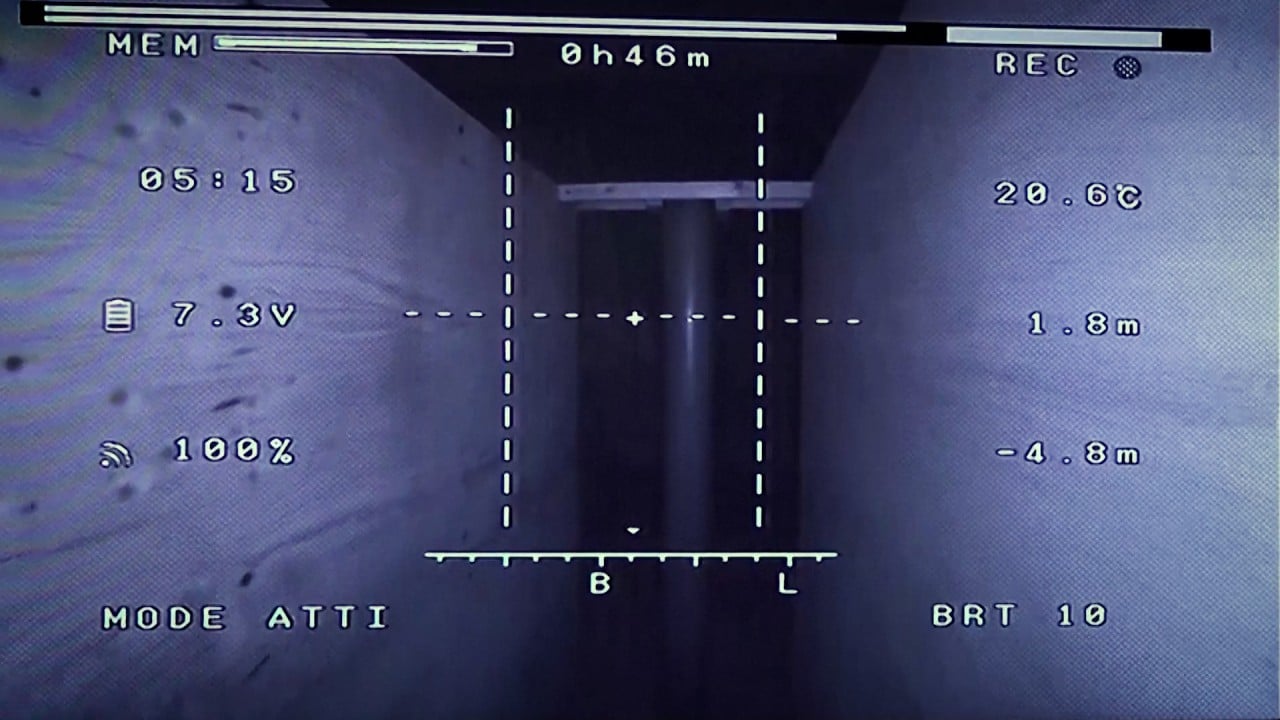On Friday, Japan’s Nuclear Damage Compensation and Decommissioning Facilitation Corporation (NDF) announced that two complementary methods would be used to overcome the largest hurdle in the decommissioning process – removing fuel debris that leaked from the reactors.
Japan braces for major quake ahead of 2011 Tohoku earthquake anniversary
Japan braces for major quake ahead of 2011 Tohoku earthquake anniversary
One method will require the deployment of robots to enter the reactor buildings to gather the debris and move it to a location where it can be more easily dealt with.
The other method will require the use of a solidifying agent on the leaked fuel to block the release of large amounts of radiation.
Experts have also reportedly looked into the construction of a vast reservoir around each of the reactor buildings that can be filled with water for radiation shielding and the deployment of robotic systems designed to work in that environment.
The plan’s main drawbacks are the enormous size of the reservoir required to completely submerge the reactor and concerns over possible leaks. The use of robots is also problematic as there have been setbacks with the deployment of robot units into the reactor buildings.
Remote-controlled drones and a robot that moves like a snake were sent into the No 1 reactor in early March. The deployment encountered technical glitches before the drones and the robot could locate the fuel debris or identify access routes.
Gorgues said such challenges have been expected and factored into the decommissioning timeline.
“Robots and drones have been developed specifically for investigations in reactor buildings,” he said. “Each access path is unique … Problems with cable deployment or blockages are, under these conditions, one of the ‘normal’ hazards.”
It is important to remember that “the radiological conditions are extremely hostile, with radiation levels incompatible with electronic components” while the work is also being carried out based on floor plans from before the accident, according to Gorgues.
The decommissioning of each of the three compromised reactors will be different and inevitably entail unique problems, while Japan also does not yet have a disposal site for the highly radioactive waste that will be removed from the plant, Gorgues added.
Hisanori Nei, a professor of energy policy at the National Graduate Institute for Policy Studies, said the work being undertaken at Fukushima is the first ever of its kind ever attempted in history and as such, experimental approaches and technologies would inevitably be used.
“There have been several issues that have been troublesome but they are slowly being overcome and so far the situation at the plant remains under control,” Nei told This Week in Asia.
“Removing the melted debris is the biggest challenge at the site and, based on the experience gained after the accident at the Three Mile Island accident [in Pennsylvania in 1979], it will take at least 30 years and the development of a range of new technologies, such as robotics,” he said.
Putting a more accurate timeline on the completion of the work is impossible, especially as the retrieval plan has not been proven in the field previously, Gorgues said.
Russian fishing ships seen off Fukushima reflects Moscow’s ‘hypocrisy’
Russian fishing ships seen off Fukushima reflects Moscow’s ‘hypocrisy’
“Having an end date is secondary to having in the short- or medium-term, say three to seven years, reliable solutions for the removal of the spent fuel and fuel debris for each of the three units,” he added.
The delays “remained minor” and there have been several key achievements at the site, including the removal of all the accessible fuel rods from two of the damaged reactors, a significant reduction in the water flowing into the basements of the reactor buildings, and decontamination of the areas immediately around the reactors, all of which have helped make the site 90 per cent accessible.
Gorgues advised the public not to just focus on the 30- or 40-year timeline for the clean-up work at Fukushima. “It is important to remember that this is just a target, not a commitment or a deadline … What has already been done is a remarkable achievement.”


